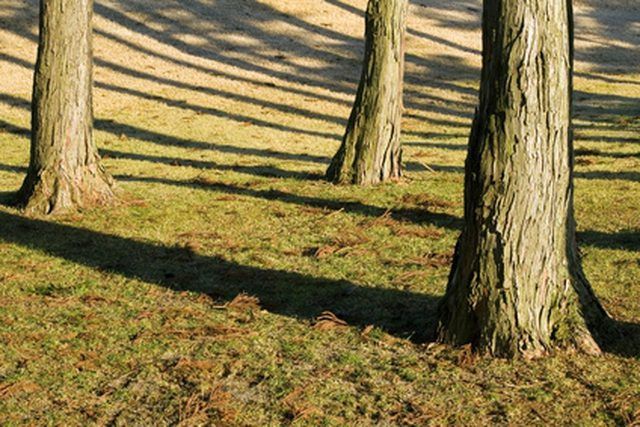Bulbs
Flower Basics
Flower Beds & Specialty Gardens
Flower Garden
Garden Furniture
Garden Gnomes
Garden Seeds
Garden Sheds
Garden Statues
Garden Tools & Supplies
Gardening Basics
Green & Organic
Groundcovers & Vines
Growing Annuals
Growing Basil
Growing Beans
Growing Berries
Growing Blueberries
Growing Cactus
Growing Corn
Growing Cotton
Growing Edibles
Growing Flowers
Growing Garlic
Growing Grapes
Growing Grass
Growing Herbs
Growing Jasmine
Growing Mint
Growing Mushrooms
Orchids
Growing Peanuts
Growing Perennials
Growing Plants
Growing Rosemary
Growing Roses
Growing Strawberries
Growing Sunflowers
Growing Thyme
Growing Tomatoes
Growing Tulips
Growing Vegetables
Herb Basics
Herb Garden
Indoor Growing
Landscaping Basics
Landscaping Patios
Landscaping Plants
Landscaping Shrubs
Landscaping Trees
Landscaping Walks & Pathways
Lawn Basics
Lawn Maintenance
Lawn Mowers
Lawn Ornaments
Lawn Planting
Lawn Tools
Outdoor Growing
Overall Landscape Planning
Pests, Weeds & Problems
Plant Basics
Rock Garden
Rose Garden
Shrubs
Soil
Specialty Gardens
Trees
Vegetable Garden
Yard Maintenance
How to Grow Cedar Trees From Seed
How to Grow Cedar Trees From Seed. Cedar trees look good in any yard and fit any landscape without overpowering other foliage. They grow well in USDA zones 7 to 9 and have a silver-green foliage that makes an interesting backdrop for other plantings. Growing a cedar tree from a seed often is time consuming but not difficult and is an inexpensive...

Cedar trees look good in any yard and fit any landscape without overpowering other foliage. They grow well in USDA zones 7 to 9 and have a silver-green foliage that makes an interesting backdrop for other plantings. Growing a cedar tree from a seed often is time consuming but not difficult and is an inexpensive way to add trees to your yard. Cedar seeds are encased in cones that fall from trees.
Things You'll Need
Sand
Cedar seeds
Potting soil
Pot
Plastic bag
Refrigerator
Pick cones from the ground under the tree or from the tree itself. Pull the cones apart and remove the seeds from inside.
Fill a plastic bag halfway with moist sand. Bury the seeds in the sand and seal the bag.
Place the bag in the bottom shelf of a refrigerator in the back, or in a vegetable drawer. Leave it there for one week for stratification, which helps the seeds to germinate properly.
Remove the seeds from the sand carefully at the end of 12 weeks. Leave any roots that have begun to form attached. Plant the seeds 1 inch deep in a container filled with potting soil.
Water the soil well enough to cause drainage from the holes in the bottom of the pot. Let it drain thoroughly.
Place the pot in a sunny indoor location. Check the soil for moisture regularly. Water before the soil dries out completely.
Move the pot outside in the spring, as long as the seedling is more than 6 inches tall. Transplant to a sunny location outdoors when it is more than 1 year old.
Tips & Warnings
Seeds can also be stratified in damp paper towels surrounded by moss in a plastic bag.
Be sure to place your seedling in an area where deer and other wildlife will not feed from it.